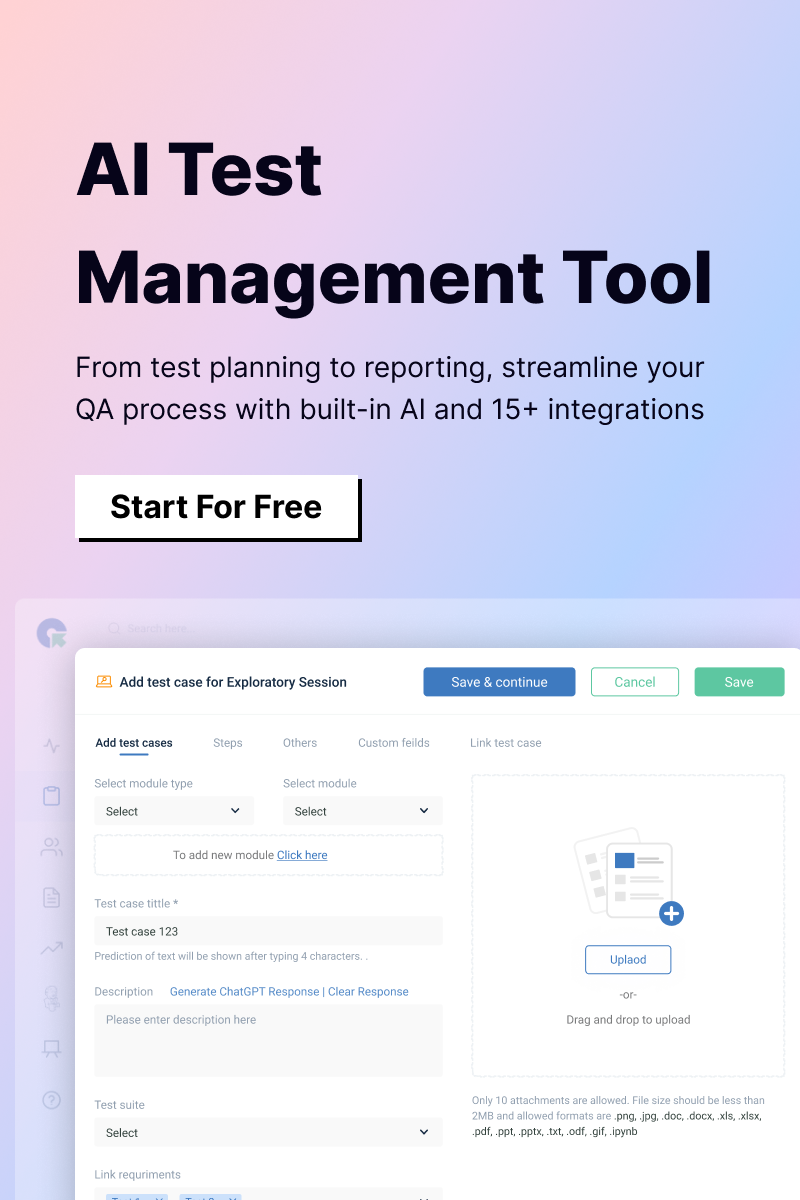The time it takes to learn QA testing depends on your background, learning approach, and the level of expertise you aim to achieve. Here’s how much software QA testing would take time to learn:
- Basic Concepts and Manual Testing:
- Timeframe: 4-8 weeks (part-time learning)
- Focus: Understanding software development basics, test life cycles, types of testing (functional, non-functional), writing test cases, and performing manual tests.
- Resources: Online courses, tutorials, or beginner-friendly books.
- Tools and Automation:
- Timeframe: 2-6 months (depending on complexity)
- Focus: Learning testing tools (e.g., Selenium, JUnit, Postman), scripting languages such as Python or Java for automation, and version control systems like Git.
- Resources: Tool-specific training, automation-focused courses, and practice projects.
- Advanced Topics (Optional):
- Timeframe: 3-6 months or more
- Focus: Specialized areas such as performance testing (e.g., JMeter), security testing, API testing, or CI/CD integration for DevOps.
- Resources: Advanced certifications or niche courses.
- Practical Experience:
- Learning QA testing isn’t complete without hands-on practice. Internships, freelancing, or contributing to open-source projects can significantly boost your skills and understanding.
- Timeframe: Continuous, even after learning.
How many types of testing are there in QA?
There are many types of testing in QA, categorized based on purpose, approach, and application areas. Here are different types of QA testings:
- Based on Purpose
- Functional Testing: Functional testing verifies that software meets specified requirements by ascertaining each feature operates as expected. It includes:
o Unit Testing: Focuses on individual components or modules
o Integration Testing: Examines the interactions and data flow between integrated modules
o System Testing: Validates the end-to-end functionality of the entire system
o Acceptance Testing: Determines whether the software fulfills business requirements and is ready for deployment.
- Non-Functional Testing: Non-functional testing focuses on quality attributes such as performance, security, usability, and reliability. It includes:
o Performance Testing evaluates the system’s responsiveness and stability under load.
o Security Testing identifies vulnerabilities and ensures protection against threats.
o Usability Testing examines the user-friendliness of the application.
o Reliability Testing assesses its stability and ability to perform consistently over time.
- Based on Approach
- Manual Testing: Testers execute test cases without automation tools.
- Automated Testing: Automated testing uses tools such as Selenium, Cypress, and TestNG to automate repetitive tasks, making testing faster and more accurate.
- Based on Test Environment
- White-Box Testing: White-box testing focuses on the internal logic and structure of the application, often involving code-level analysis. An example is code coverage tests, which ensure that all parts of the code are tested.
- Black-Box Testing: Tests without knowledge of internal code, focusing on input-output.
- Gray-Box Testing: Combines both white-box and black-box techniques.
- Based on Application Areas
- Regression Testing: Secures new code changes don’t break existing functionality.
- Smoke Testing: Verifies basic functionalities after a build.
- Sanity Testing: Focuses on specific components after bug fixes.
- Exploratory Testing: Ad-hoc testing to uncover unexpected issues.
- Ad-Hoc Testing: Informal and unstructured testing.
- Based on Specific Scenarios
- API Testing: Validates functionality, reliability, and security of APIs.
- Compatibility Testing: Verifies the software works across devices, browsers, and OS.
- Localization/Globalization Testing: Checks if the software adapts to regional settings and languages.
- Mobile Testing: Evaluates performance and usability on mobile devices.
- Specialized Types
- Security Testing: Identifies potential vulnerabilities (e.g., SQL injection).
- Load Testing: Determines performance under expected user loads.
- Stress Testing: Tests performance under extreme conditions.
- Penetration Testing: Mimics attacks to identify security gaps.



